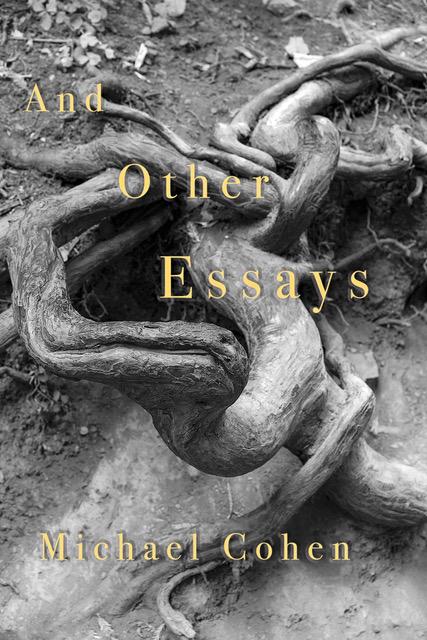I think of this period in England, from about 1905 until perhaps 1930, in terms of Edgar Wallace and his rivals, because he and a couple of competitors, E. Phillips Oppenheim and J. S. Fletcher, wrote popular tales and each wrote more than a hundred such thrillers and mysteries. There were, of course, other notable mysteries during the time; this is the period during which Christie and Sayers wrote their first mysteries, Arthur Conan Doyle was still writing Sherlock Holmes stories until 1927, and there were many others. But these three writers, in volume, produced much more than a dozen of their contemporaries.
Edgar Wallace began his career with The Four Just Men, in 1905. And he began with a splash, creating his own publishing company, producing a best-seller, making a fortune, and then losing it again because he wrote the book as a serial and promised ₤500 in prize money to readers who could guess the correct answer to the mystery, and many readers did.
The Four Just Men dabbles in international politics. Sir Philip Ramon is trying to pass the aliens Political Offences Bill, which will send people who have political asylum in England back to their deaths in their native countries. Leon Gonsalez, Raymond Poiccart, and George Manfred, who call themselves The Four Just Men (a fourth, Merel, was killed in Bordeaux) have enlisted the aid of Miguel Thery, a Spaniard from Jerez, to do the technical part of the killing of Ramon. Their claim is that they go beyond the law in the cause of justice, executing those whose evil acts are unpunishable by the law. They have publicly announced their intention of killing Ramon in London unless he withdraws the bill. Thery does not speak English, but when one of the London newspapers has the idea of publishing the thousand-pound reward in several languages, Thery goes to the editor. But Leon Gonsalez goes to the editor’s office before he has said anything, and brings him back to their workshop in Carnaby Street. Then a pickpocket lifts Poiccart’s notebook, and the Inspector in charge, realizing its significance, enlists the aid of the pickpocket, but Manfred kills him before he can identify any of the four.
After these obstacles are overcome the plan goes forward, and the minister is killed. The method is apparently electrocution, though Wallace is vague about any details except that it seems to have involved a telephone or a vase of flowers.
Wallace writes in a breathless, melodramatic fashion, but he produces a page-turner that keeps our interest. He was a tremendously successful author when he stayed away from the business of publishing. He is mostly remembered now among mystery aficionados for The Four Just Men and the creation of his peculiar detective, Mr. J. G. Reeder.
Reeder is the special investigator for the Public Prosecutor, a fifty-plus unprepossessing man whose mind is notable because he thinks like a criminal. Eight stories about him are contained in The Mind of Mr. J. G. Reeder, published in America as The Murder Book of Mr. J. G. Reeder (1925). In the first case, “The Poetical Policeman,” Reeder perceives that it is not the bank manager, who has been in prison for embezzlement, who robbed the bank, but the night watchman, who was also blackmailing the manager. The watchman arranged the robbery and then trussed himself up and had chloroform dripping onto a cloth covering his face, counting on being found by the policeman on his rounds, and the watchman died because he cut it too close. The “poetical policeman” was late because he was composing verses as he patrolled. Equally ingenious is the plot of “The Treasure Hunt,” in which Reeder tricks a recently-released prisoner (who intends revenge for Reeder) to do the breaking and entering that uncovers the remains of a murderer’s wife.
Art Lomer, who is associated with “The Troupe” of actors who play their parts in Art’s cons, cons Bertie Staffen, whose father is “rich beyond the dreams of actresses.” The Troupe impersonates Russians who have jewels to sell. Reeder has been watching, and arrests Art with the cash. “The Stealer of Marble” is a woman who kills her victims with carbon monoxide made from marble chips and hydrochloric acid, and disposes of the bodies in an electric furnace. In this story Reeder meets Margaret Belman, whose friendship he cultivates in several more stories.
When, for example, she is surprised that Reeder is entertained by the “Sheer Melodrama” of the play he takes her to, he argues that the incidents of the play aren’t unrealistic, and unintentionally illustrates when she and he are abducted by a vengeful mobster named Ras Lal Punjabi. Mr. Reeder is a match for him and his associate, who deals in “snide,” or counterfeit money.
And Mr. Reeder has to rescue Miss Belman again when she, as one of “The Investors,” is the victim of the ultimate Ponzi scheme: an outfit that promises fifteen percent return, pays it for a while, and then kills the people who have fallen for the scheme. “The Green Mamba” turns out to be Reeder himself, who undermines the kingpin mobster Mo Liski by innocently meeting him several times in public and following up each meeting by causing bad things to happen to Liski’s associates. Eventually the word is out that Liski is a snitch or worse.
There were further adventures of the Four Just Men as well as of Mr. J. G. Reeder by the prolific Mr. Wallace.
